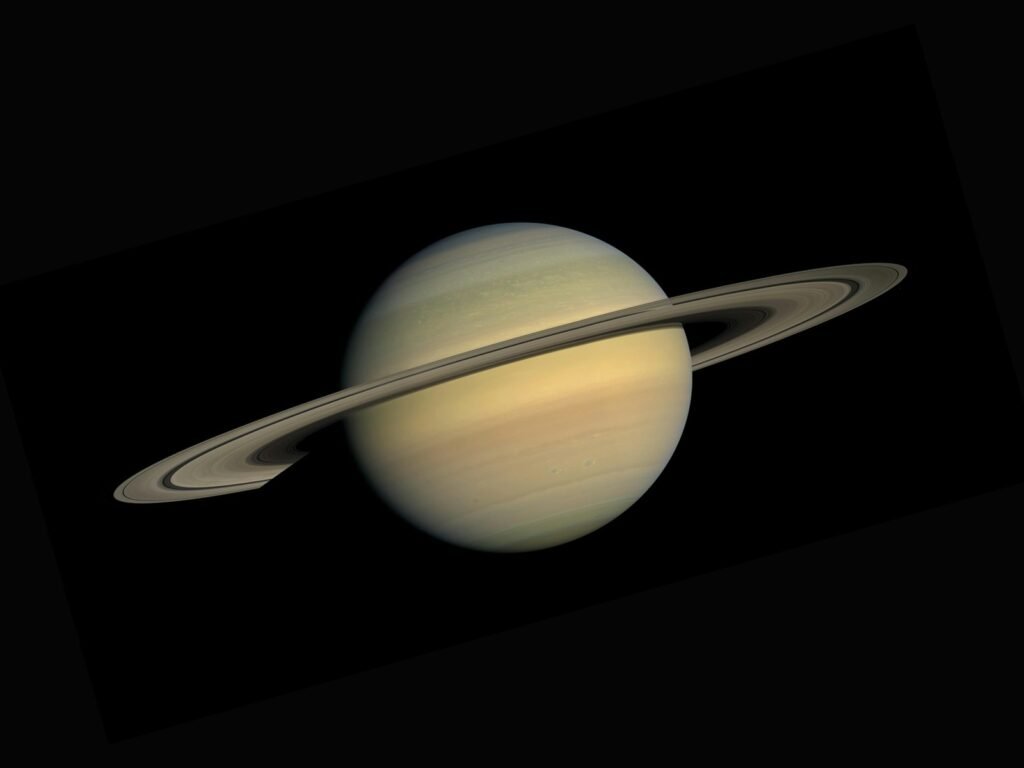Before paleontology had a name, bones surfaced from riverbeds and road cuts like messages from another world, and people read them with the tools they had: story, ritual, trade. That’s the mystery still pulling scientists into deserts, caves, and museum drawers today. We’re learning that ancient interpretations weren’t just superstition; they often contained sharp observations about anatomy and landscape. By tracing those narratives, researchers are mapping fossil hotspots, verifying species IDs, and even predicting where new sites might hide. Here’s how five civilizations turned deep time into living myth – and how those myths now guide modern science.
Ancient Greece: Cyclops Skulls and Heroic Relics

What if the monster sailors feared was sculpted by an elephant’s skull? In the Greek world, massive bones eroding from island cliffs were read as proof that giants and one-eyed Cyclopes once walked the earth. Naturalists and city-states collected “hero relics,” displaying enormous femurs and shoulder blades in sanctuaries as if history itself had a skeleton. Today, researchers point to dwarf elephant skulls with a large central nasal cavity that could easily be imagined as a single eye socket.
Mediterranean digs keep turning up proboscidean and hippo fossils where temples later stood, suggesting people found bones first and built meaning around them. In a neat twist, geological mapping shows those same outcrops still produce fossils, so the myths accidentally flagged real fossil localities long before field notebooks did.
Scythians of the Steppe: The Griffin Born from Protoceratops

Picture nomads mining gold across windswept edges of the Gobi and stumbling onto beaked skulls with ruffled frills and taloned feet. In that landscape, the story of a fierce guardian of treasure – half bird, half lion – almost writes itself. Scholars argue that weathered Protoceratops skeletons, exposed near ancient placer deposits, likely fed the griffin tradition that later threaded into Greek art and trade routes. The anatomy lines up uncannily: parrot-like beak, long shoulder frill, clawed limbs, and eggs fossilized in nests.
Field teams still use these old routes and stories like a map, checking dune margins and badlands where miners once worked. The result is practical: a folklore overlay that narrows vast search areas to the ridges most likely to reveal Cretaceous bonebeds.
Ancient China: Dragon Bones in Apothecaries

For centuries, “dragon bones” were ground in apothecaries for medicine, carried in tins and wrapped in paper labels that named origin villages. Many of those bones were dinosaur fossils eroding from loess hills, with local farmers selling fragments long before scientists arrived. Early paleontologists traced labels back to quarries and riverbanks, turning a commercial network into a research roadmap. Even famous sites earned their names from this trade; a hill celebrated for dragon bones proved to hold a trove of Pleistocene mammals and, later, key hominin remains nearby.
When I first walked into a tiny shop in northern China, drawers of “dragon bone” felt like a catalog of lost ecosystems. Today, ethical protocols focus on education and site protection, but the lesson stands: where dragon tales cluster, fossil layers often do, too.
South Asia’s Sacred Stones: Shaligram Fossils of the Himalaya

Along Nepal’s Kali Gandaki River, black stones marked with spirals are carried home, bathed, and placed on altars as living embodiments of the divine. Those stones are ammonite fossils, their rippling suture lines etched by ancient seas that once covered the Himalaya. Pilgrims knew them by pattern and place, mapping outcrops with a religious precision that doubles as geological data. Sacred geography, it turns out, preserved a fossil distribution more accurate than many early scientific maps.
Researchers now study weathering and transport along that river to understand how ammonites concentrate in bends and gravel bars. The faith tradition protected sites through reverence rather than fences, leaving a record that bridges paleoceanography, culture, and conservation.
Mesoamerica’s Echoes: Aztec Giants and Mammoth Bones

Central Mexico’s lakebeds are rich with the bones of Ice Age giants – mammoths, gomphotheres, giant ground sloths – rising from clay after storms. In the Aztec world, colossal femurs were folded into a deep-time memory of earlier ages populated by outsized beings, woven into origin stories and statecraft. Early colonial chronicles describe Indigenous communities presenting enormous bones from nearby fields, artifacts of a landscape that kept resurfacing its past. Modern digs around the Basin of Mexico continue to find mammoth kill sites and bone clusters not far from pre-Hispanic settlements.
The continuity is striking: the same soils that preserved the megafauna under ancient footpaths still yield fossils under modern avenues. Reading those layered stories lets scientists pin Pleistocene herds onto cultural maps, revealing who lived with which bones – and why the memory stuck.
From Ancient Tools to Modern Science: How Myths Guide Fieldwork

Traditional narratives act like geospatial hints when they mention repeating landmarks, distinctive rock colors, or a “hill of bones.” Compared with random surveying, starting where stories converge can save weeks of walking and reduce helicopter time in remote terrain. Folklore notes also capture taphonomic details – like bones crumbling to powder or teeth surviving floods – that match what field crews document today. In other words, they’re observational datasets written in metaphor instead of spreadsheets.
Teams now pair ethnography with satellite imagery, checking whether sacred sites sit on unconformities, channel fills, or fossil-rich formations. The payoff isn’t romantic; it’s logistical and testable, and it keeps community memory at the center of discovery.
Why It Matters: Science, Memory, and Respect

There’s a bigger story here than clever scavenger hunts. When science takes local knowledge seriously, it corrects blind spots and shares credit for discovery. It also prevents the old mistake of treating cultural objects as obstacles instead of evidence, which harmed both communities and collections. Juxtaposed with traditional top-down surveying, this approach is leaner, more inclusive, and often more accurate at predicting where fossils surface.
It matters for ethics, too: consent, benefit-sharing, and site stewardship work better when knowledge flows both ways. The result is sturdier science and fewer broken relationships, which is the only sustainable path in fossil-rich homelands.
The Future Landscape: Tech That Reads Myths Like Maps

Natural language tools can scan archives for recurrent place terms – springs, red cliffs, bone hills – and cross-check them against formation maps and erosion models. Lidar and drone photogrammetry then test those leads, revealing buried channels or slope breaks where fossils concentrate. Geochemistry can fingerprint “mystery bones” from markets, tracing them back to formations and helping authorities safeguard active sites. Even environmental DNA from sediments is starting to outline ancient ecosystems where traditional stories already point.
The challenge is to keep humans in the loop: community scholars, land stewards, and elders must guide what gets searched, published, and protected. Otherwise, high-tech prospecting risks turning wisdom into coordinates without care.
How You Can Help: Small Steps with Big Impact

If you hike in fossil country, document finds with photos, GPS, and context but leave them in place, then contact a local museum or geological survey. Support institutions that co-curate with communities and return culturally significant items when appropriate. When you read a legend tied to a landscape, treat it like a field note and ask what rock story it might be pointing toward. Skip buying “dragon bone” curios or fossil trinkets with no provenance; demand kills sites and stories alike.
Most of all, back projects that train local students as the next generation of paleontologists and guardians of their own heritage. The past is patient, but it deserves our urgency – what will you help uncover next?

Suhail Ahmed is a passionate digital professional and nature enthusiast with over 8 years of experience in content strategy, SEO, web development, and digital operations. Alongside his freelance journey, Suhail actively contributes to nature and wildlife platforms like Discover Wildlife, where he channels his curiosity for the planet into engaging, educational storytelling.
With a strong background in managing digital ecosystems — from ecommerce stores and WordPress websites to social media and automation — Suhail merges technical precision with creative insight. His content reflects a rare balance: SEO-friendly yet deeply human, data-informed yet emotionally resonant.
Driven by a love for discovery and storytelling, Suhail believes in using digital platforms to amplify causes that matter — especially those protecting Earth’s biodiversity and inspiring sustainable living. Whether he’s managing online projects or crafting wildlife content, his goal remains the same: to inform, inspire, and leave a positive digital footprint.




